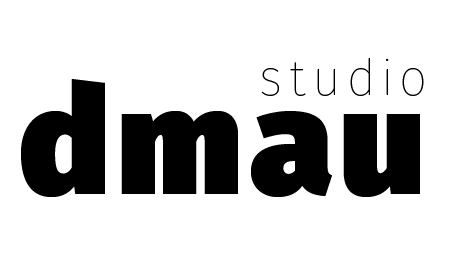Challenge for Change was a participatory film project created by the National Film Board of Canada in 1967. It used film and video production to illuminate the social concerns of various communities within Canada. It was designed to give a voice to the “voiceless.” The impetus for the program was the belief that film and video were useful tools for initiating social change and helping to eliminate poverty. The ethos of the Challenge for Change program forms the foundations for the participatory approach taken by a lot of the documentaries in this research project.
In total, the program lead to the creation of over 140 films and videos. A key aspect was the transfer of control over the filmmaking process from professional filmmakers to community members who filmed events and had a say in the editing of the films. This gave ordinary Canadians in under-represented communities a chance to tell their own stories on screen. Community dialogue and government responses to the issues were crucial to the program and took precedence over the “quality” of the films produced.
At the core of the project were 27 films by Colin Low about life on Fogo Island, Newfoundland. Known collectively as The Fogo Island Project, these films had an enormous impact on the future direction of the program. The “Fogo Process” as it came to be known, became a model for using media as a tool for participatory community development. In the two films above we see how this process works in two urban areas, Rosedale a mining town in Alberta and St Jacques a disadvantaged neighbourhood in Montreal.
In the first film known as VTR-Rosedale the documentary process motivated the citizens to pull themselves together as a community. Their town was suffering from the decline of the local mining industry and was falling into disrepair, lacking even basic services. The film sparked heated debate throughout the town and provoked the residents to form a citizens’ action committee. Who came together to clean up the town, build a park and negotiate with the government to install gas, water and sewage systems, with all of these changes occuring within five months.
The second film VTR-St. Jacques took place with the same participatory goals in a poor Montreal neighbourhood. A citizen’s committee filmed people’s concerns and then played back the tapes for the community. Upon recognizing their common problems, people began to talk about joint solutions. Even though the residents ran into problems in implementing these solutions the documentary method proved an important and tool for promoting social change.
This article forms part of the bigger research project entitled Participatory Documentary [and the city] carried out by dmau with support from the Dutch Creative Industry Funds
